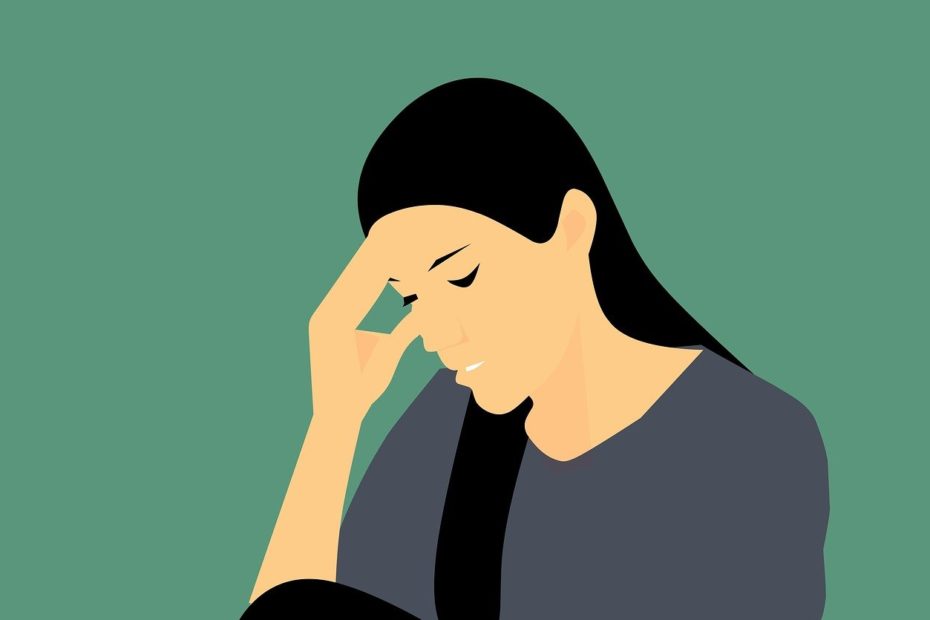In my first year of practice, a young woman consulted me for a chief complaint of severe migraine headaches. She had suffered from them “for as long as I can remember,” and on presenting to clinic she had been on disability leave for two years.
She described the pain as a band across the forehead from temple to temple, with a pressing sensation. Sometimes it affected one eye, which felt like it was being pushed out of its socket. She complained of constant, daily dull pain, intensifying into a sudden, pulsating migraine once a week, lasting one or two days.
She ranked the intensity of her migraines at 8-9/10, with a 10/10 severe migraine every two weeks. Nausea would occur before the migraine, and if the pain were severe enough, she would see stars.
Lying down and light would make things worse once the headache was established. with darkness, Lying propped up in the dark with cool applications provided minor relief.
Her MD and “the best neurologist in town” had her on a cocktail of medications, including effexor, seroquel, sandomigran (pizotifen), imovane (zopiclone), clonazepam, indomethacin, prochlorperazine and benztropine.
None of these prevented or adequately treated her headaches, and two of the drugs were actually prescribed to treat the side effects of two other drugs! MRIs and CT scans showed no organic lesion in the brain that could be causing her pain.
Interestingly, her migraines were worse in wet weather, especially “just before a rain”, or with a sudden shift in temperature outside.
A homeopathic remedy that fit the character of her pain was prescribed. The first follow-up a week later was promising. The remedy would “stop the headache from progressing” and reduced the intensity by 40-50%. She was able to do without the indomethacin a number of times that week. I increased the potency of the remedy, to be taken at the onset of a headache.
Three weeks later, things were pretty much the same, with no further improvement in the frequency of headaches. However, she did report that she felt less depressed since taking the remedy, as she could now “feel that changes are possible.” She had hope for the first time in a long time.
I switched her to a new remedy, but a month later there was still no further improvement. At this visit she emphasized the sensitivity to wet weather: “I can tell when it will rain, it triggers a migraine.” The pain would last 2-3 days, with an intensity of 11/10. Once the rain was over the headache would resolve.
Placing this symptom at the centre of the case, I carefully chose a homeopathic remedy that is known to help when there is aggravation from “the approach of a storm.”
Two weeks later we followed up by phone
“The headaches are almost gone! I can’t believe it!” were her exact words. The intensity was reduced by 85%, and she did not call them migraines anymore, but “regular headaches.”
She had not needed to take her painkillers since starting the remedy. As long as she repeated the remedy every four hours, the discomfort was bearable. I increased the potency of the same remedy and suggested a follow up in a month.
The news just kept getting better. Taking the remedy at the onset of headaches reduced the pain almost 100%. The week before, she had gone a three-hour stretch without pain at all, which had never happened before.
She had discontinued SEVEN medications on her own without any negative consequences: sandomigran, zantac, clonazepam, imovane, indomethacin, prochlorperazine, and benztropine. She was now considering returning to work for the first time in two years.
In October, she reported having occasional entire days without pain. She was still off all of her migraine medications. The next day she was starting back to work after two years on disability leave! Rainy weather would still induce a headache, but the remedy would make it manageable. I increased the potency again.
The following year, things were still going well. She was working full-time. The headache frequency was once every two weeks. Wet weather would not necessarily trigger a headache now! Intensity peaked at 5/10, although they were not always that intense. If she took a dose of the remedy before falling asleep, she would wake without any head pain.
As she told me of her improvements, I remember her expressing some anger for having had to suffer for so long without relief. A long list of medications could not help her susceptibility to wet weather or the resulting pain, but a few doses of a remedy prescribed according to the healing laws of nature could.
This case is a great example of the ideal effect of a well-chosen homeopathic remedy: the rapid, gentle, and complete resolution of suffering in the shortest amount of time possible. Within four months of starting treatment, her symptoms had improved to the point where she could go back to work, without any side effects and with minimal medications.
Homeopathic medicine changed this person’s life: physically, emotionally, and financially.
It had positive economic impacts in reduced disability benefits, saved drug costs, and increased productivity. Why then, is it not the standard of treatment for migraine?
